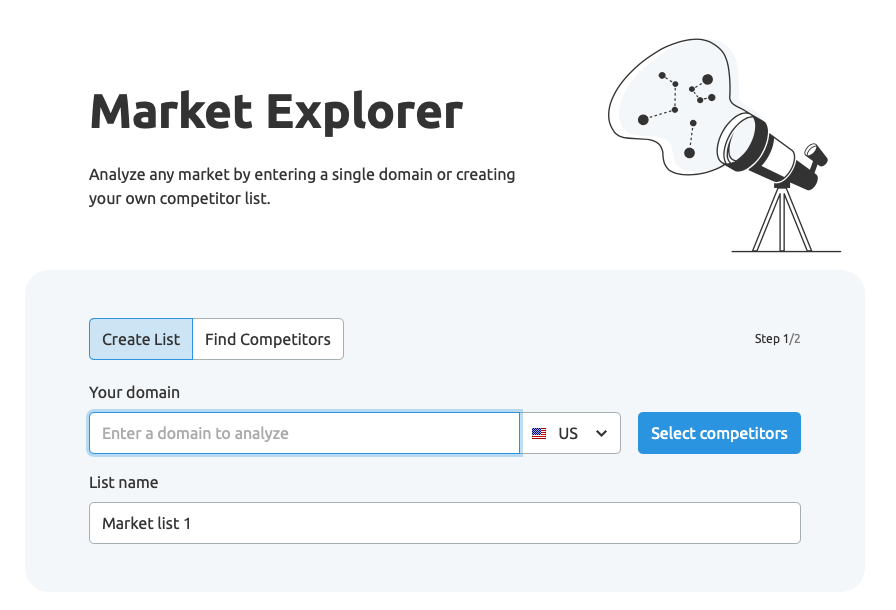Overview
Perhaps you’ve been tasked to go find what is a good lead conversion rate for B2B or at the very least, how to determine a good lead to sale conversion rate. In some circles, these can also be classified as a lead to MQL conversion rate. These are tough questions to answer, but hopefully we can help break this down for you so that you can help frame the right conversations in your next leadership presentation.
Definition
B2B is a broad term and can span a variety of industries. According to Wikipedia, Business to business (B2B) is defined as a situation where one business makes a commercial transaction with another. This typically occurs when:
- A business is sourcing materials for their production process for output (e.g., a food manufacturer purchasing salt). Example: Providing raw material to the other company that will produce output.
- A business needs the services of another (e.g., a food manufacturer employing an accountancy firm to audit their finances).
- A business re-sells goods and services produced by others (e.g., a retailer buying the end product from the food manufacturer).
Know that there’s a broader landscape to consider, and what is an acceptable average conversion rate for [blank] industry, may not apply to yours. For example, if you are in the manufacturing sector, it does not make sense to compare your target audiences, lead volumes, sales cycles or even conversion rates against those in completely different industries (i.e., professional services, healthcare, retail, etc.). So take the numbers we share with you later in this article with a grain of salt, and try to build your own industry benchmarks.
Fortunately, there are plenty of great tools, like SEM Rush, to help uncover highly specific details about your industry (or direct online competitors) to understand just how aggressive you need to be to beat the average. These tools can also help determine the total number of leads that you will have to convert to opportunities to get a desired action.
By using online tools to uncover specific B2B conversion metrics, you’ll frame a realistic model that examines key competitors in any given market, witnessing first-hand just how well or poorly they perform against your peer group.
 SEM Rush offers a simple way to get deeper market intelligence
SEM Rush offers a simple way to get deeper market intelligence
Yes, I know this exercise may seem like more work, but if you are really serious about uncovering new ways to improve your conversion rate and get a higher quality of leads, a little homework never hurts.
What are Typical B2B Conversion Rates by Channel?
In the world of B2B, there are a handful of online channels available that really matter. According to Salesforce’s lead conversion rate definition:
- B2B marketers that rely on digital marketing channels (i.e., LinkedIn or Google Ads) should factor roughly two and a half months of nurturing via marketing automation in order to convert 13% of its marketing qualified leads into opportunities from its sales funnel.
- Of that, expect an average lead conversion rate of 6% for those opportunities to convert to a closed deal into a paying customer (assuming your marketing and sales team is highly knowledgeable, motivated and diligent). Obviously sales cycles vary depending on the deal size and/ or the prospect’s decision making process, so your results may vary.
- Customer and employee referrals have the best opportunity to convert sales qualified leads (14.7%) whereas tradeshows convert about 4.4% of the time.
Hubspot’s lead conversion rate benchmarks report that to convert a motivated first-time B2B website visitor into a real contact (providing their name, phone number or email address) typically takes 30-days or less.
With the right call to action, coupled with the right kind of traffic, you should expect to see a 1.5 – 3% lead to opportunity conversion rate from your website or landing pages. That’s a good conversion rate. Landing page conversion rates can differ, so check with others in your marketing team to see if they have any previous statistics you can glean insights from.
When it comes to email (assuming you have a quality list), a good email open rate is 20%, a bounce rate of 5% or less and an email click through rate hovering between 3 – 7% are acceptable.
Keep in mind that these are averages, so your results will vary.
Also, consider what you intend to do with these leads, once you’ve got them in your marketing funnel. Consider nurturing your leads with relevant content on an occasional basis. Just because they signed up to get the whitepaper, does not give us permission to pester them with other content or offerings. Instead, employ thoughtful and creative ways to let your prospects know that they are special and valuable to you.
Did this help? Are you looking for something more? If you need more help on determining your particular situation, feel free to contact us.
